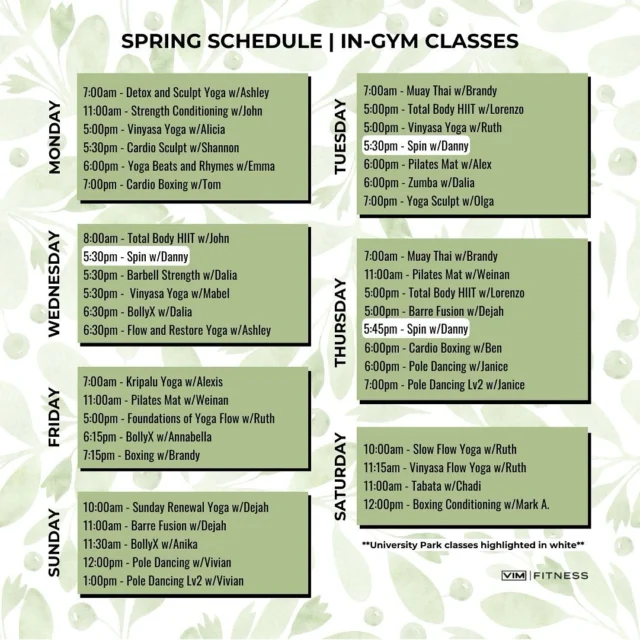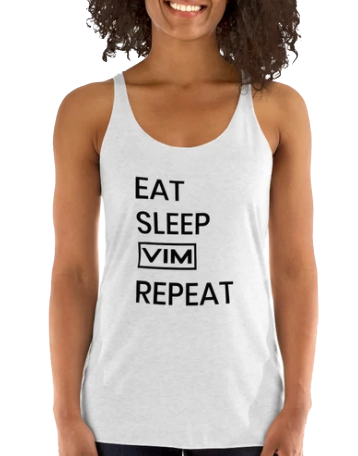Why do people go vegetarian?
You’ll find there is no single answer to this question.
Some people care about animals, some do it for their health, others want to reduce their environmental impact, and even more do it for a combination of these reasons. The reason why there is no single reason as to why you, or anyone, may adopt a vegetarian diet is because each reason is interconnected.
In particular, a healthy diet is also likely better for the environment.
The United Nations Food & Agriculture Organisation defines sustainable diets as:
“Those diets with low environmental impacts which contribute to food and nutrition security and to healthy life for present and future generations. Sustainable diets are protective and respectful of biodiversity and ecosystems, culturally acceptable, accessible, economically fair and affordable; nutritionally adequate, safe and healthy; while optimizing natural and human resources.”
But what does that mean in practice? To summarize, here are some basic principles for healthy, low carbon eating:
- Aim to be waste-free. Reducing food waste (and packaging) saves energy, effort and natural resources used to produce and dispose of it, as well as money.
- Eat better, and less, meat and dairy produce. Consuming more vegetables, fruits and grains, and smaller amounts of animal products, helps reduce health risks and greenhouse gases.
- Buy local, seasonal and environmentally friendly food such as organic from local farms. This benefits wildlife and natural environments, minimizes the energy used in food production, transport and storage, and helps protect the local economy.
- Choose Fair Trade-certified products. This ensures that imported goods are benefitting sustainable farming as well as providing a living wage and fair treatment for workers.
- Select fish only from sustainable sources, certified by the Monterey Bay Seafood Watch. Future generations will be able to eat fish and seafood if we act now to protect our rivers and seas and the creatures living there.
- Get the balance right. We need to cut down on sugar, salt and fat, and it doesn’t hurt to avoid questionable ingredients and processes such as genetic modification (GM) and many additives.
- Grow our own, and buy the rest from a wide range of outlets. Nothing is better than food fresh out of the garden! Even if you don’t have a garden, stop by your local farmers market for seasonal, sustainable foods.
Author Michael Pollan puts it even more simply: “eat food, not too much, mainly plants.”
The food pyramid most people are familiar with does not accurately reflect a sustainable diet.
This image compares a sustainable diet with the conventional pyramid to give you an idea of how to focus your meals to reduce your environmental impact:
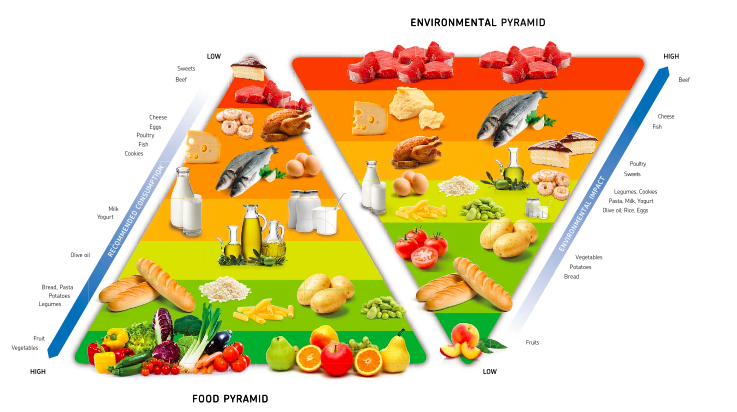


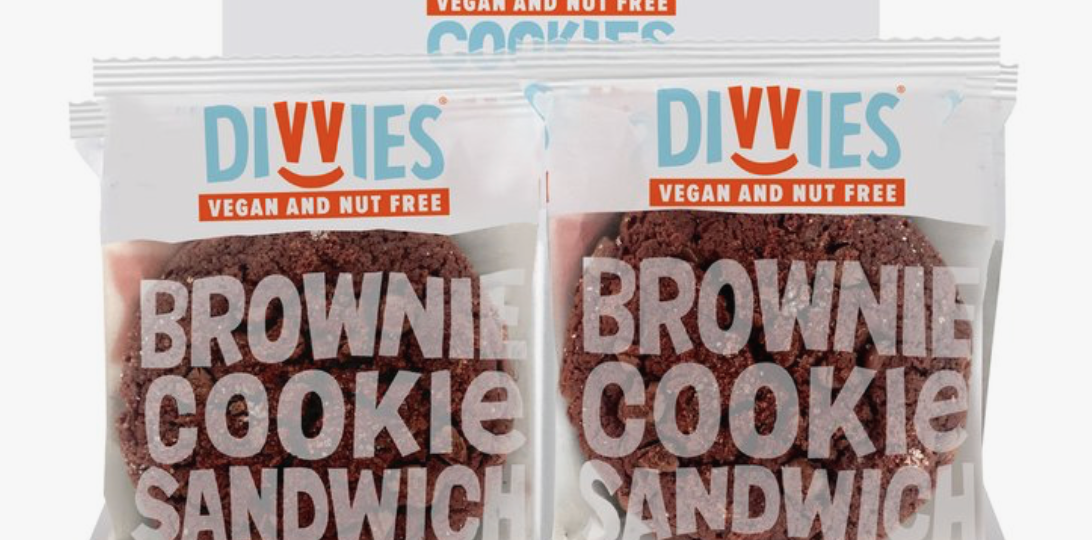

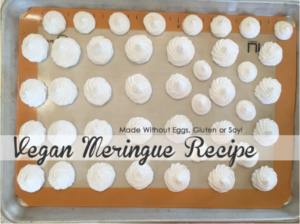

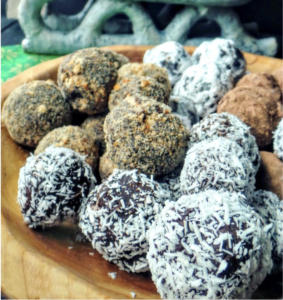
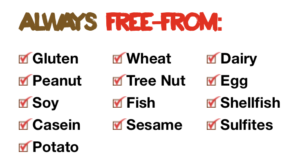
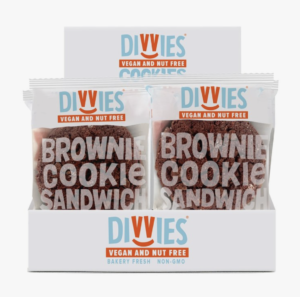
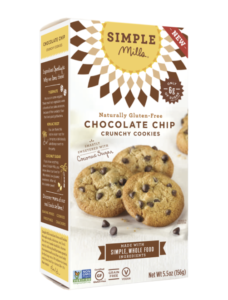



 calendars
calendars











 LIMITED TIME DEALS FOR APRIL
LIMITED TIME DEALS FOR APRIL



 SPRING SCHEDULE
SPRING SCHEDULE